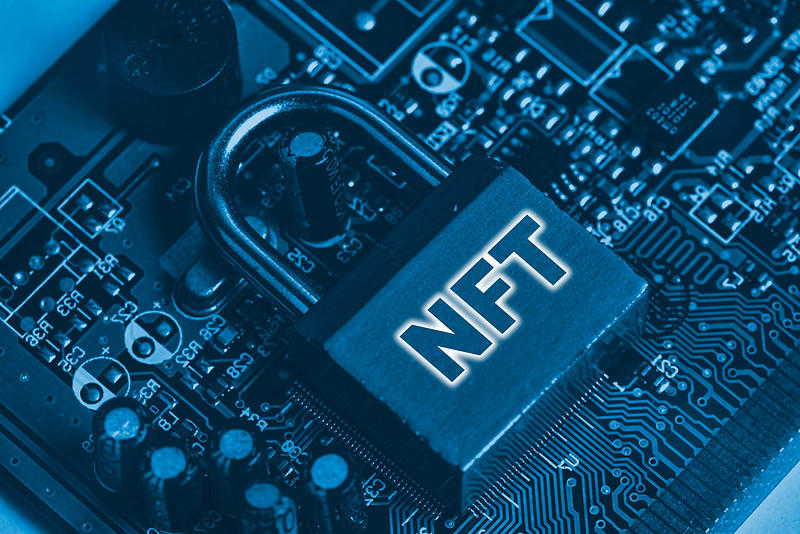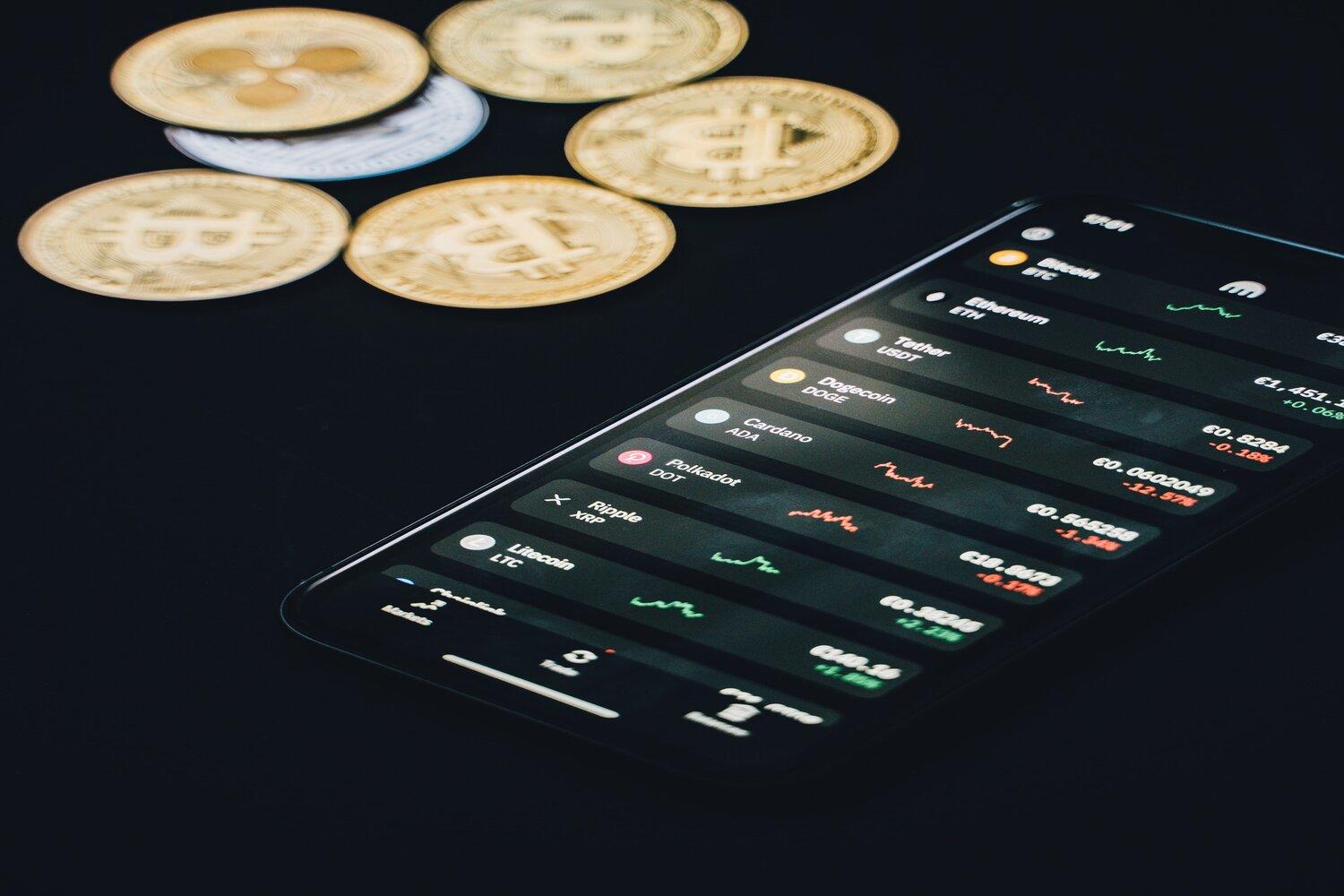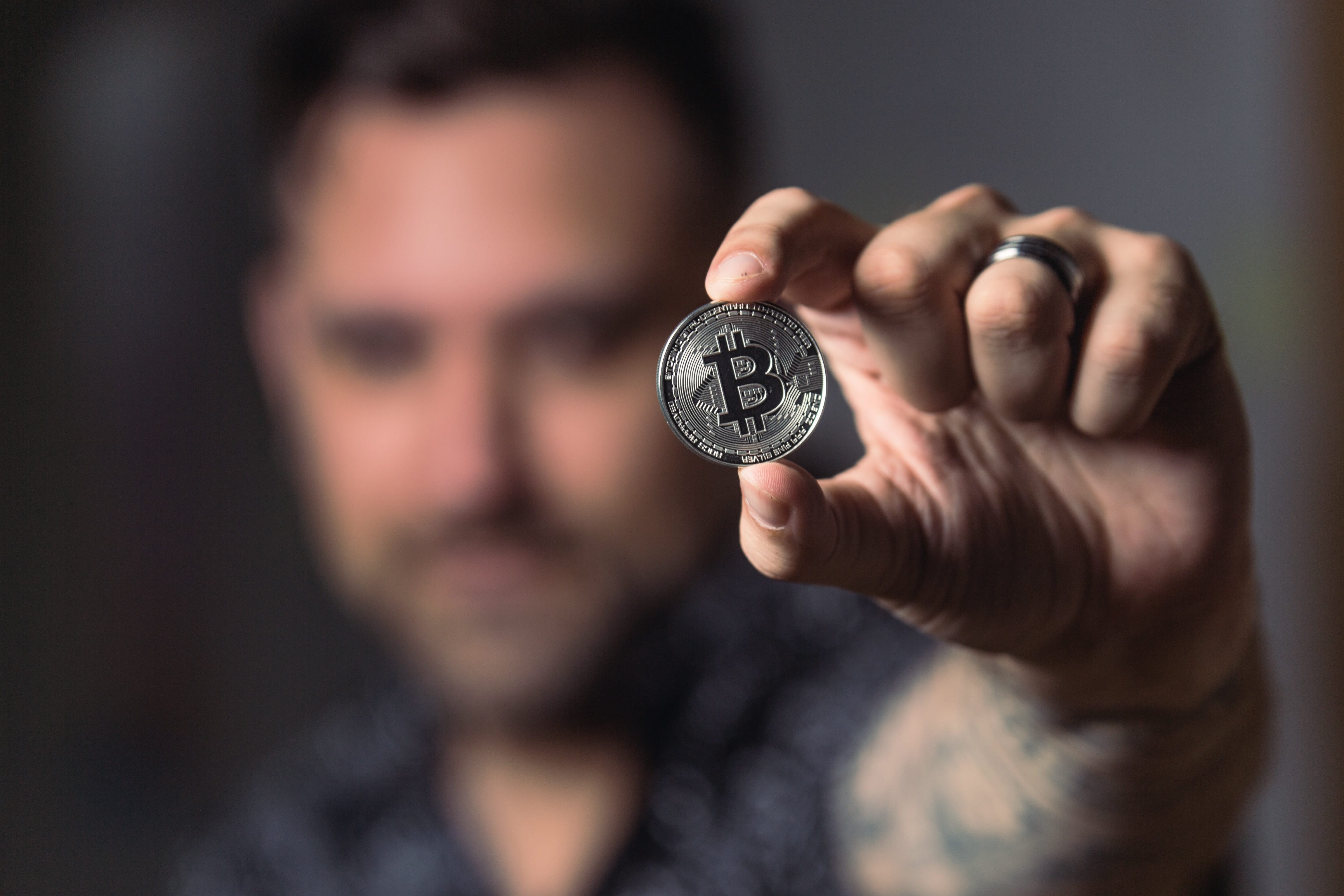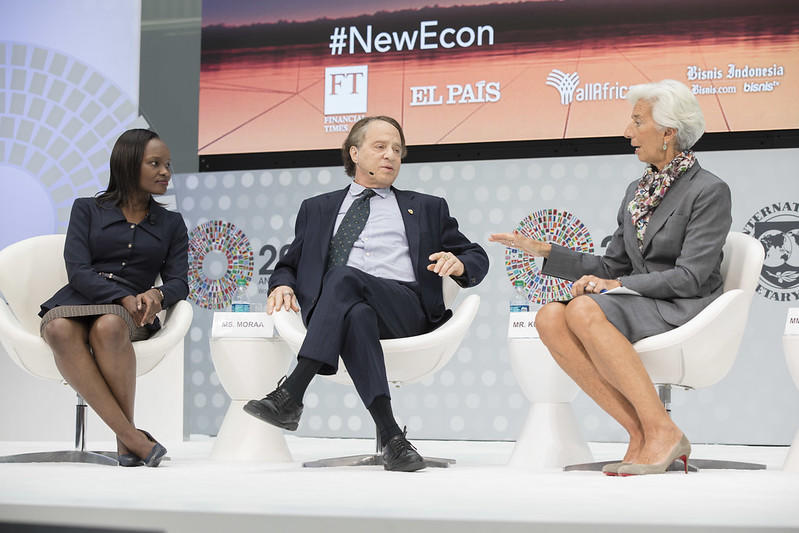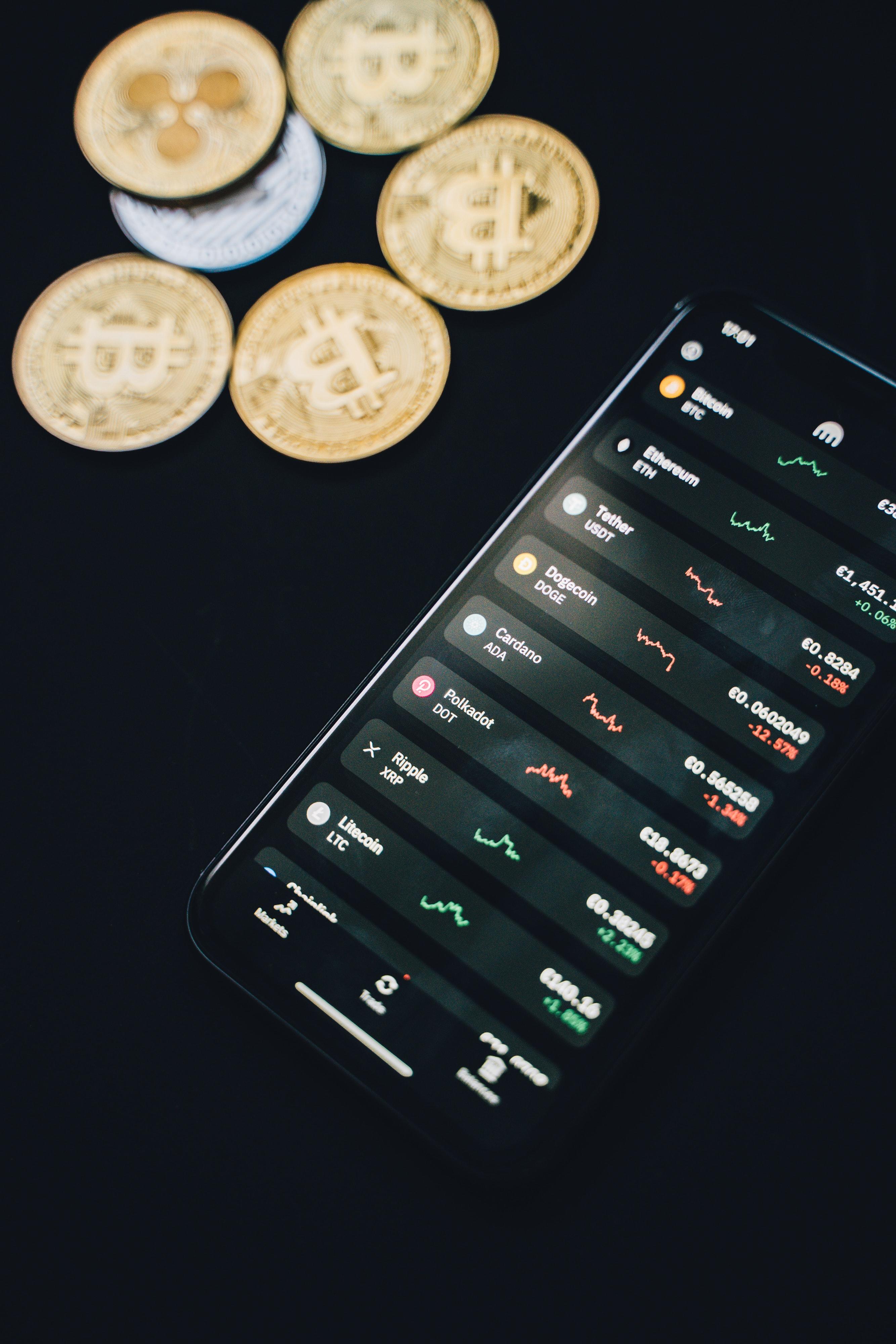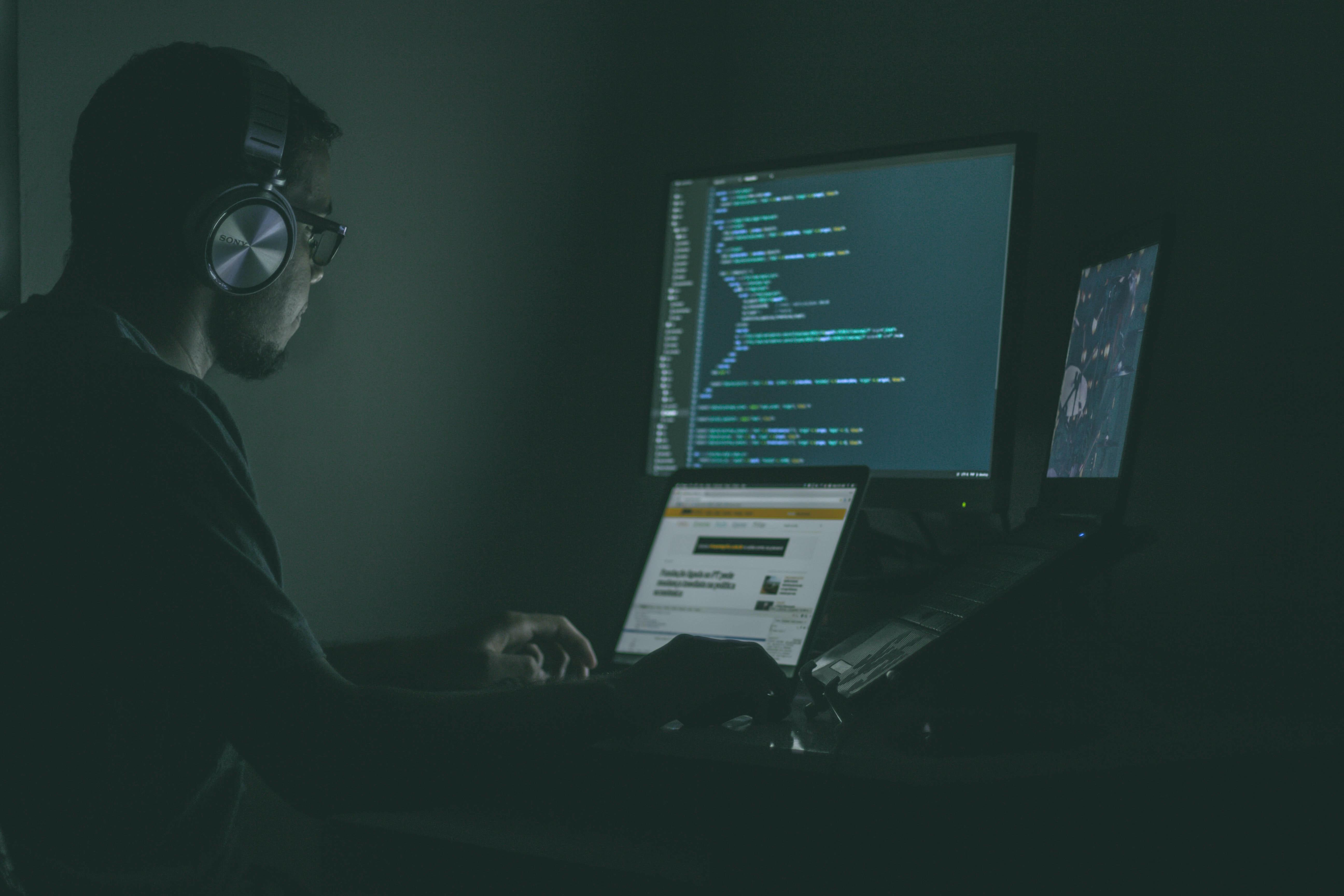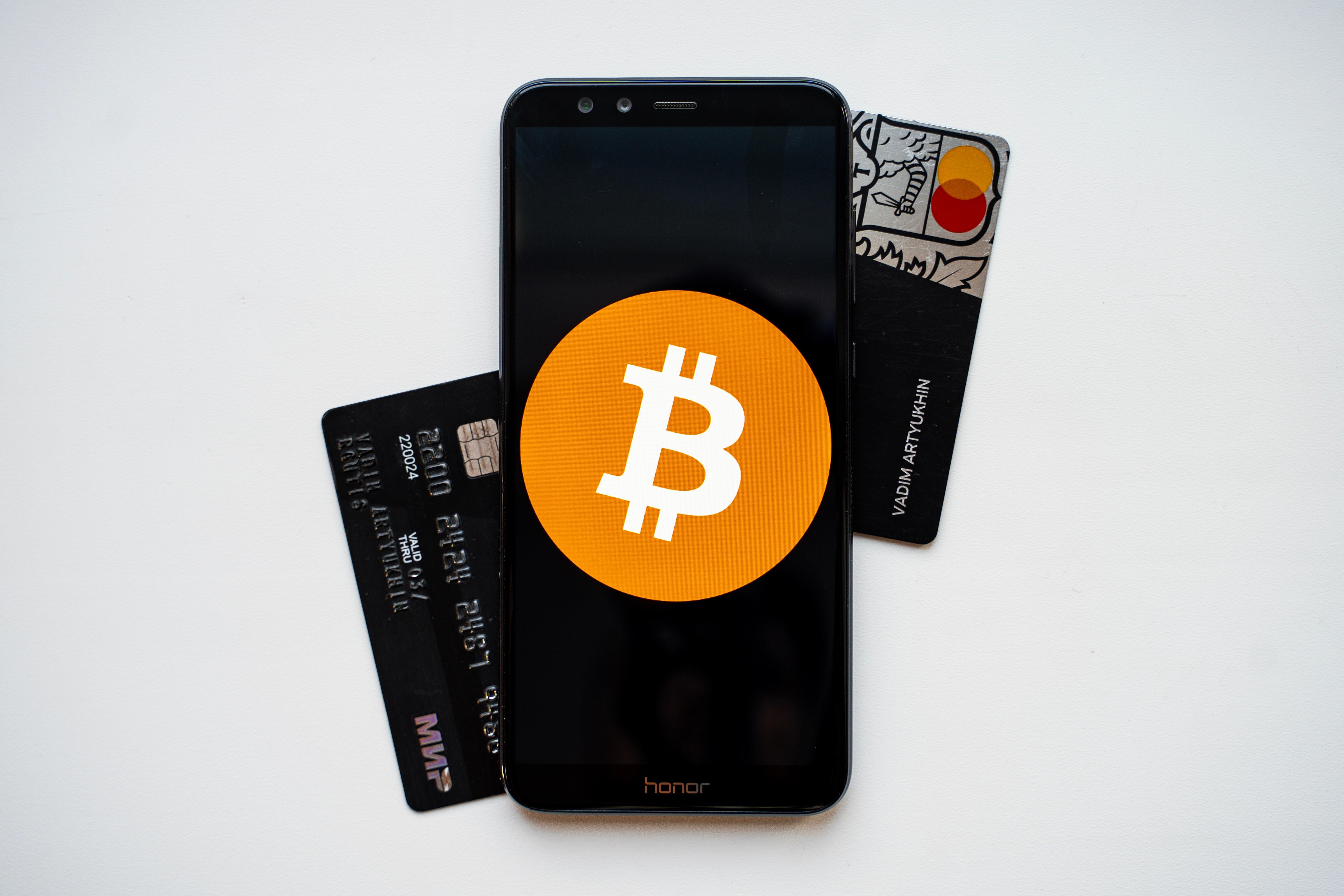In all things crypto, from the wild peaks and valleys of cryptocurrency valuations to shocking episodes of stolen wealth, no tech story has captured or kept the public's attention quite as fully as non-fungible tokens.
To be clear, these digital artworks captured the world's imagination because of their high-dollar, high-profile sales, not because they represent a new frontier in decentralising records of assets or limitless possibilities for creating new art. That's rather a shame, don't you think?
But wait! That tide is turning.
Today, tech forums and google searches are laden with queries about NFT. Among those questions is the most basic: what does NFT even mean?
| NFT Means: |
|---|
| - Non-fungible token |
| - Each NFT represents a unique digital unit. |
| - NFT may be generated or uploaded, such as a photograph, a piece of music or a segment of video. |
| - A new type of NFT called 'real-world asset' records the virtual ownership of an actual object. |
To those who, for years have been buying, trading and collecting NFT, these answers are self-evident. For those who create generated art... well, they hardly need to ponder that question, do they? They spend most of their time pushing the boundaries of their medium and the possibilities inherent in blockchain technology.
Superprof targets this series of articles to no particular audience.
Whether you're fascinated by the phenomenon or interested in learning more about NFT as an investment vehicle; you're an aspiring collector or the artist who creates collections, this series has something for you - even if it's just an opportunity to share your thoughts in the comments section.

How Are NFT Created?
This question is deceptive; it doesn't state what kind of NFT. However, if you wanted a succinct answer, 'anything that can be digitized can become an NFT' would work well.
Everything that goes into your computer, from photos you scan to documents you type is rendered as unique strings of code. This digitization process gives whatever you input into your machine the potential to be an NFT.
For it to become an NFT, it must be recorded onto a blockchain.
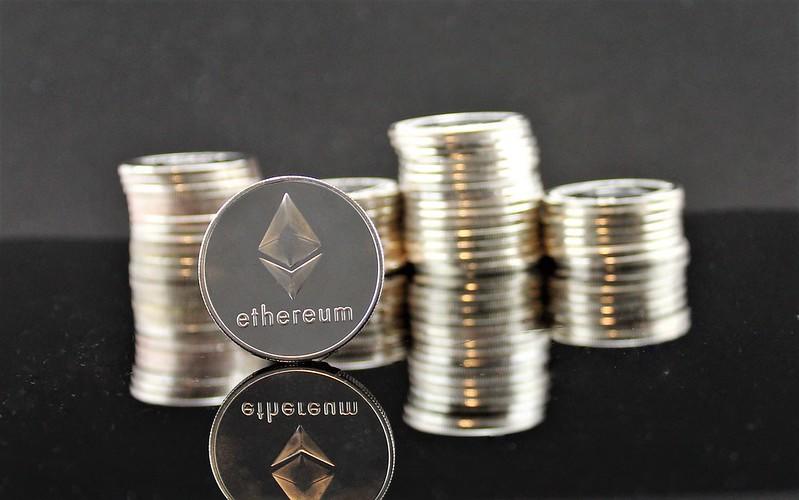
We could write an entire article about blockchain, cryptocurrency and NFT but, for this snippet, suffice to say that, to create NFT, you must have access to a cryptocurrency exchange and an NFT marketplace, where your offering may be viewed and, if found appealing bought.
You might infer that anyone can scan a picture in, create a video or audio file, buy a bit of crypto and launch themselves into business as an NFT seller, and you'd be right. However, it's the talented folk whose knowledge of coding and experience with rendering digital art represent the bulk of NFT creators.
To create generated art, you have to know a bit about coding and maybe even more than one programming language. However, you could easily get started as a generated art creator by playing around in HTML and Java - two programming must-learns.
And then, once you build a fair proficiency using them, you could venture onto Python and explore PyPi, where you'll find loads of pre-coded modules you can insert into your works.
What Makes an NFT Project Successful?
Here, again, we present you with a deceptive question. Obviously, any art project will be successful if you earn money for it, but that overlooks the thousands of NFT currently languishing in marketplaces that nobody has bought. Does that mean they're not successful?
We could debate the theories of success forever and still not come up with a satisfying answer because success can mean different things. For instance, if you only wanted to dabble in digital art on your way to bigger plans, executing a few pieces and putting them on the marketplace could define success.
However, we'll concede that the same ingredients that go into any successful project go into NFT success. Those qualities include:
- having an outward focus - not on what you expect to flow back to you (money and fame?) but on what you project onto the NFT community and the wider world.
- addressing your target audience: not what you want the world to have but what the NFT-buying world wants to have.
- staying connected: the reclusive artist meme doesn't work for NFT; you have to be in touch with the public and go where they go (on social media platforms and such)
- being a contributing member of the NFT community
Often, successful NFT projects are less about creators' artistic vision than capturing the moment.
We live in a time of overwhelming social concern over environmental and humanitarian issues; the better your art reflects matters that resonate with the buying public, the better chance you'll have that your NFT project will meet with success.
To take a deeper dive into how to make your NFT projects successful, you're welcome to read our companion article.
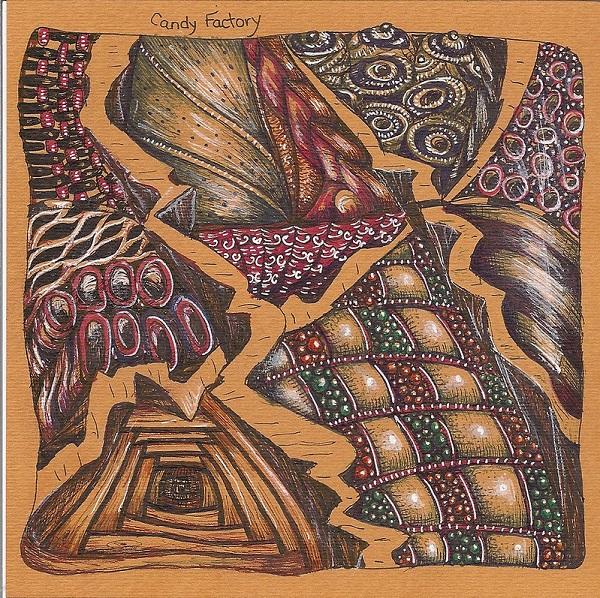
On Cryptocurrency and NFT
When wealthy art collectors are keen to plunk down millions for a digital work of art, that rather conveys the idea that both NFT and cryptocurrency have gone mainstream, doesn't it?
To understand just how seismic this shift is, you have to know a bit about cryptocurrency's history and the negative perception people hold of it, still today.
In the wake of the global economic downturn in the first decade of this century, people were understandably fed up with the way banks and governments managed the financial sector. Wresting control away from the powers that be to form a democratic system of recordkeeping and currency production seemed the way to move on from that mess.
Though blockchain theory had been bandied around since the mid-1980s, the concept wasn't realised until 2008, when a mysterious entity calling themselves Satoshi Nakamoto mined the genesis block of the world's first blockchain. However, far from the expected universal embrace and acceptance, the public shied away.
For years, cryptocurrency, with all of its potential and privacy features, remained the subject of scorn and mistrust. And, it became the preferred financial vehicle for bad actors.
Still today, there are plenty who believe that cryptocurrency is nothing good. Some even say it's a world-class Ponzi scheme because it asks investors to buy into a possibility of future wealth; it doesn't actually provide a path to real wealth growth. Outside of that, there's not terribly much you can do with cryptocurrency, except maybe buy a coffee if your local bistro accepts bitcoin.
Therein lies a fundamental difference between cryptocurrency and NFT. Outside of the fabulous paydays, some digital art creators have earned, trading in NFTs results in assets you can use - in games, as avatars for your social media profiles, as memes. Should you find an NFT collection you know your best mate would be mad for, you can give it to them as a gift.
In a sense, you might say that NFTs have the same potential for wealth creation that traditional fine art does.
It's no secret that the average wage earner is pretty much locked out of the fine arts market. However, nothing says that they can't convert a bit of their pay into crypto to shop around NFT marketplaces in search of a hot, new collection and buy a piece for themselves or a loved one.
There's plenty more to know about the relationship between cryptocurrency and NFT; if you're toying with the idea of jumping into the NFT market as a creator or collector, you should know all you can about both of these blockchain products.
How Can You Learn NFT Development?
Now that you're invested in the idea of NFT - either as an investor, collector or future creator, you might cast about for NFT courses.
Would you find it odd that such a highly technical subject has relatively few course offerings?
And, should you query your favourite search engine about NFT development courses, would you be dismayed to find that most of the video courses describe how to buy, sell and trade NFT but give precious little information about how to develop NFT?
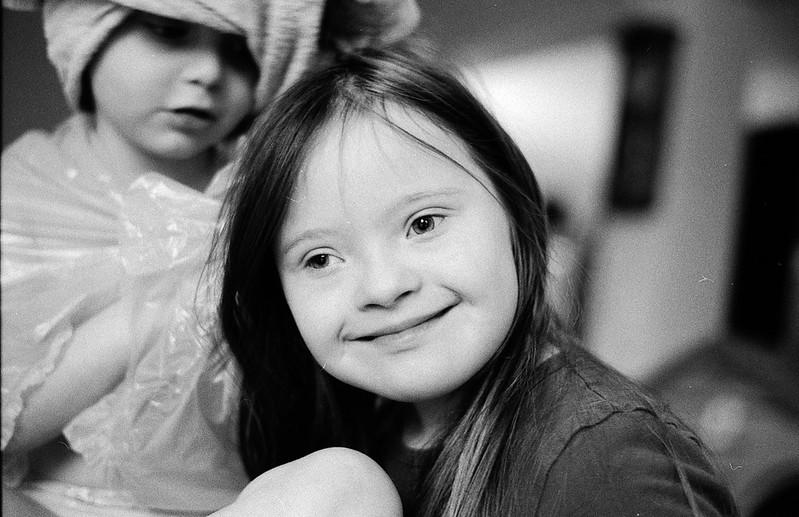
Of course, if you're like Frederic Auerbach, the Swiss-American photographer of famous personages the likes of Benedict Cumberbatch and Zendaya, developing NFTs is no big deal. As each of his photographs is unique in composition, lighting and style, he only needs to digitize his images, upload them to the blockchain and let the bidding begin.
And, as long as the same conditions apply to your works - there's nothing else like them anywhere and they are completely original, you too can upload your song snippets, video clips or one-of-a-kind snaps to the blockchain and offer them up for bid.
On the other hand, if you wanted to learn how to create generated art, you will have to learn at least some coding.
As mentioned above, HTML and Java are good places to start; learning those will give the building blocks of coding and a basic understanding of how coding works. Beyond that, you may dabble with other programming languages, the most useful one for art creation being Python.
You could also buy a software package such as Visual Studio but, in the long run, learning how to code would serve you better.
Only a handful of outlets offer NFT courses that include any information about development and they are necessarily limited to the nuts and bolts of creating digital art.
The best way to learn about NFT development is to immerse yourself in the NFT community. There, you'll receive plenty of support for you as you undertake your projects and you may even benefit from established creators' wisdom of long experience.
The most appealing aspect of being a member of such a community is that you'll have access to people who are redefining what art is, one NFT at a time.
Find out how you, too, can be among their number.

